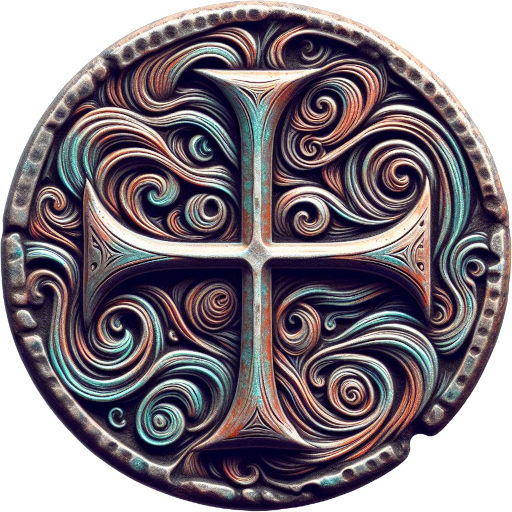What is the oldest Roman coin?
October 9, 2023

Ancient history and numismatics are fascinating fields of study that can reveal a lot about the past. One of the questions that you may have asked yourself is what was the name and design of the first coin that the Romans ever made. As we wrote in our earlier blog post The Most Common Roman Coins, Roman coins are not only valuable for their metal, but also for their cultural, political, and economic significance. They show how coinage started in Rome and how it changed over time.
The oldest Roman coins, dating back to the late 4th or early 3rd century BCE, are the subject of this blog post. These earliest coins were called aes rude, which means "rough bronze". They were unstamped lumps of bronze that were used as a medium of exchange.
Aes rude was eventually replaced by aes signatum, or "stamped bronze". These coins were cast in molds and had various symbols or letters stamped on them to indicate their value and origin. Aes signatum was used for several centuries before the introduction of silver and gold coins.
The first silver coins were introduced in 211 BCE during the Second Punic War. These coins were called denarii, which means "containing ten", because they were worth ten bronze asses. The denarius had a weight of about 4.5 grams and a diameter of about 19 mm. It had the image of the goddess Roma wearing a helmet on the obverse and the Dioscuri (Castor and Pollux) riding horses on the reverse. The denarius became the most common and influential coin in Rome for centuries.
Roman coins evolved over time, reflecting the changes in the political and social landscape of the empire. They became more diverse and elaborate, featuring portraits of emperors, gods, and historical scenes. They also underwent several reforms and debasements, affecting their weight, purity, and value. Roman coins were widely used and imitated throughout Europe, Asia, and Africa until the fall of the empire and beyond. They are still admired today for their artistic and historical value.
The Significance of Aes Rude
Aes rude may not be as well-known as later Roman coins, but it played an important role in the development of Roman coinage. It was the first form of currency that was widely used in Rome, and it helped to pave the way for the introduction of more sophisticated coins.
Aes rude is also important because it provides us with a glimpse of early Roman society. The fact that these coins were unstamped suggests that the Romans were not yet concerned with the purity or weight of their currency. This is likely because trade was still relatively limited at the time, and people were more concerned with the intrinsic value of the metal itself.
As the Roman economy grew and trade expanded, the Romans began to see the need for a more reliable form of currency. This led to the development of aes signatum, and eventually to the introduction of silver and gold coins. Aes rude may have been replaced by these more sophisticated coins, but it remains an important part of Roman history and culture.